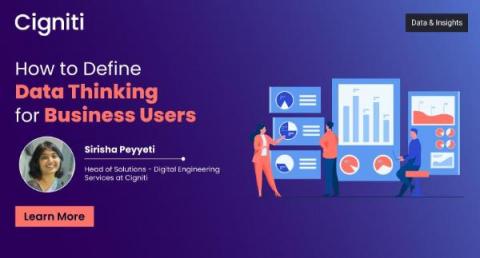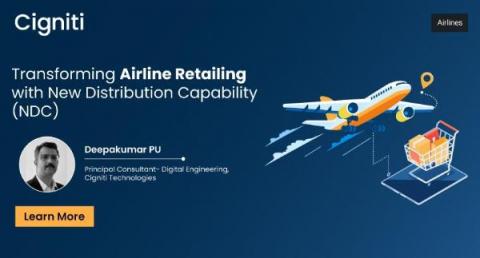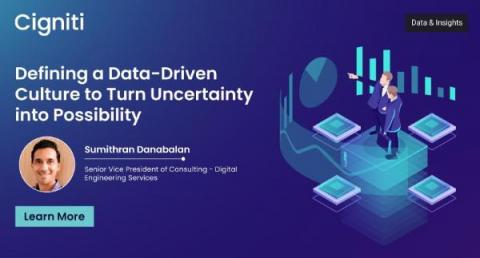Systems | Development | Analytics | API | Testing
December 2022
How to Define Data Thinking for Business Users
The digital shift has become the most important aspect of the success and survival of most businesses in recent years. The digital shift must become a top priority and focus for the leadership. Data Thinking fills the gap between business units in the enterprise and IT that keeps the lights on as well as caters to innovation. The key to digital development coming together is the intricate interplay between all of these areas. Individual data efforts’ long-term success is based on it.
Krishnan Venkatachary, CFO at Cigniti Technologies interview to CNBC TV18 [15 Dec 2022]
Transforming Airline Retailing with New Distribution Capability (NDC)
It will not be an overstatement to say that some of the most revolutionary breakthroughs have been driven by and taken place in the aviation industry. Decades ago, jet engines catapulted the airline industry out of capacity constraints, enabling it to carry many more travelers. The deregulation of the airline industry provided flexibility and freedom for players to set competitive ticket prices.
11 Benefits of Embedded Finance and How it Transforms the Fintech
Have you ever thought about how you can make payments for a movie without standing in line or pay utility bills without stepping out of your home via Paytm or Google Pay? Yes, you can name many applications that make instant payments happen. But how is this happening? How are conventional banks getting replaced with digital transactions? The answer would be embedded financial services.
Defining a Data-Driven Culture to Turn Uncertainty into Possibility
In the past 10 years, the term ‘disruption’ has been abuzz across business and industry circles. Whether succeeding as a disruptive innovator or defending against a challenger as an incumbent, the nature of innovation has focused on the ability to re-imagine and execute business models. The nature of such business models has shifted the trajectory of demand either to totally non-existent markets or delivered from low-end footholds to scale.
Top 5 Ways Data Insights Can Transform the Insurance Industry
According to a McKinsey report, companies making intensive use of customer analytics are 2.6 times more likely to have a significantly higher ROI than their competitors. Intensive users of customer analytics are 23 times more likely to outperform their competitors in terms of new customer acquisition than non-intensive users, and 9 times more likely to surpass them in customer loyalty.
How AI-Powered Test Automation Tools Can Address the Talent Shortage
Digital aspirations for global organizations are driving innovation-led initiatives. As Agility and Flexibility within the development life cycle become the norm, it is essential to re-emphasize the need for not just delivering fast, but also delivering quality and value at speed. By putting customers at the center of the value chain, organizations are aiming to streamline their value delivery systems.










